Venture beyond the common garden snake and prepare to encounter the reptilian behemoths of the world. These colossal snakes, renowned for their immense size and power, predominantly thrive in the lush environments of tropical rainforests.
From pythons capable of swallowing entire deer to anacondas that favor the tranquility of swamps, the world's largest snakes evoke both terror and fascination. These scaly giants, lurking in rainforests, rivers, and the darkest corners of our imagination, are not only lengthy but also possess considerable weight, stealth, and, surprisingly, adept swimming abilities.
Join us as we delve into the habitats of these remarkable creatures. This exploration of the 10 largest snake species on Earth is guaranteed to leave you both awestruck and perhaps a little uneasy.

This subspecies of the African rock python typically measures between 11 and 16.5 feet (3.5–4.2 meters). Found in the savannas and woodlands of Southern Africa, it is well-adapted to drier climates and rocky terrains.
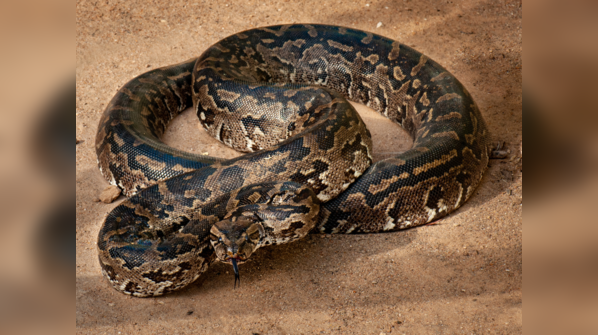
The yellow anaconda, typically ranging from 10 to 13 feet (3–4 meters) in length, inhabits the slow-moving rivers and wetlands of South America. Although smaller than the green anaconda, it remains a formidable aquatic predator.
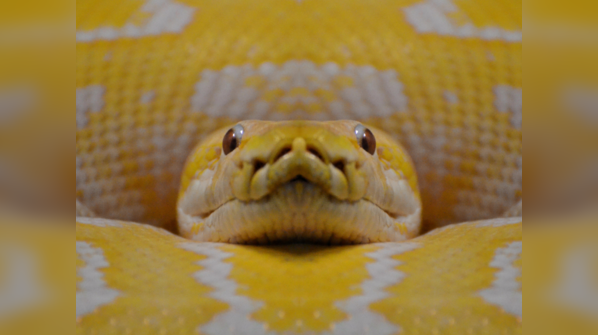
Boa constrictors, native to the tropical regions of South and Central America, typically grow between 10 and 13 feet (3 to 4 meters), with some reaching lengths of up to 18 feet. These powerful yet docile snakes thrive in forests and semi-arid habitats.
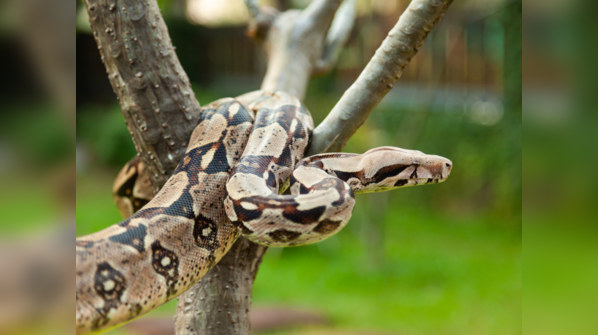
As the longest venomous snake in the world, the king cobra can reach lengths of up to 18 feet (5.5 meters). Native to the forests of India and Southeast Asia, it is revered for its intelligence, iconic hood, and the lethal potency of its bite.
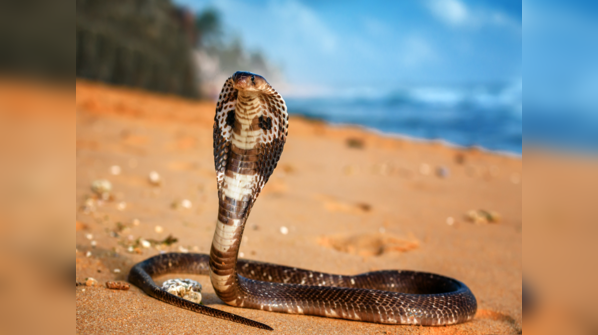
The green anaconda proudly holds the title of the world’s largest snake, thriving in the rivers and swamps of the Amazon Basin. It can grow up to 33 feet (10.6 meters) long and weigh as much as 227 kilograms, solidifying its reputation as the heavyweight giant of the snake world.
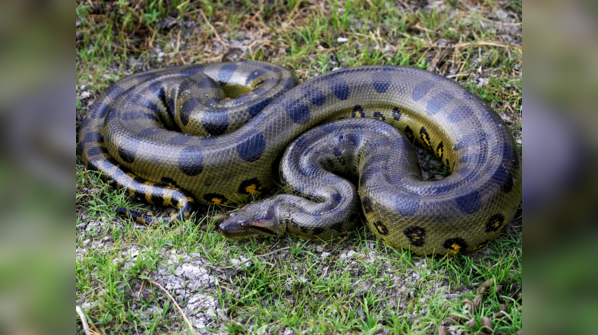
Native to Southeast Asia, the reticulated python holds the record as the longest snake in the world. Typically stretching over 20 feet (6.09 meters), some individuals have reached nearly 33 feet (10 meters). Its slender body and intricate scale patterns make it both striking and formidable.
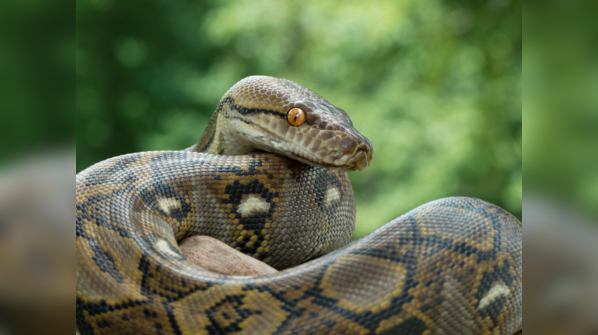
The amethystine python, native to Indonesia, Papua New Guinea, and northern Australia, can reach impressive lengths of 18 to 28 feet (up to 8.5 meters), although most individuals are smaller. Named for the shimmering, amethyst-like sheen of its scales, this striking snake is non-venomous.
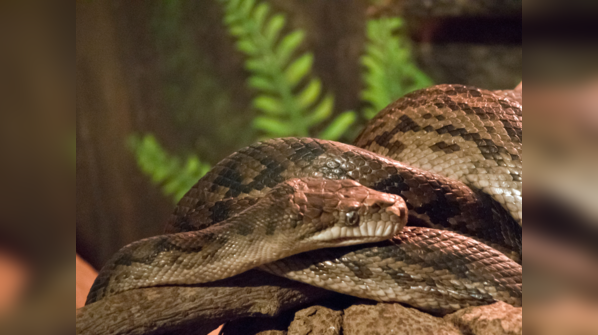
This giant snake, found in the Southeast Asian region, usually measures around 16–20 feet (5–5.8 meters) in length. The Burmese Python inhabits forests and marshes and is characterized by its size and tranquil nature.

The African rock python, the continent’s largest snake, can reach lengths of 10 to 16 feet (up to 6 meters). Native to sub-Saharan Africa, it is renowned for its sheer strength and aggressive temperament, this powerful reptile can overpower large prey, including antelopes, with ease.
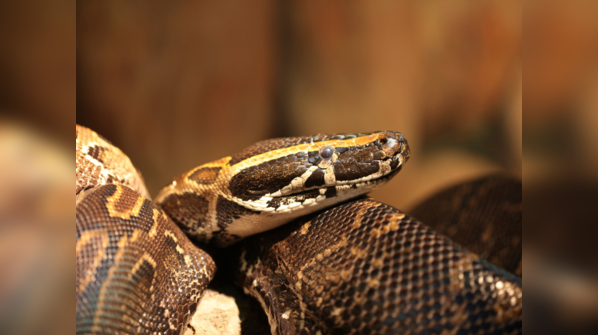
Also referred to as the Indian rock python, this snake grows to lengths of 20 feet (6 meters), although most will be around 13–16 feet. It inhabits forests and swamps throughout the Indian subcontinent and is non-venomous but very powerful.
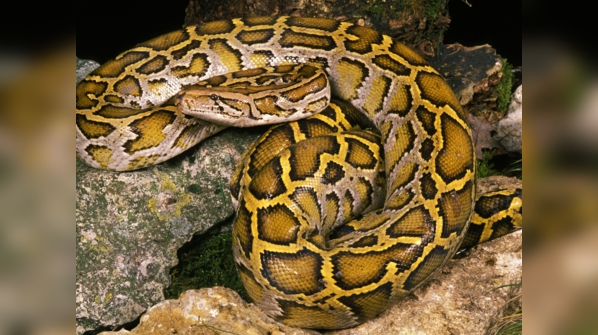
Newer articles
Older articles
 India Enters New Space Age as Astronaut Shukla Joins ISS Mission
India Enters New Space Age as Astronaut Shukla Joins ISS Mission
 X Cracks Down: Half a Million Indian Accounts Suspended for Policy Breaches
X Cracks Down: Half a Million Indian Accounts Suspended for Policy Breaches
 Google Unveils Strategy to Combat Misinformation, Boost Voter Access in India's 2024 Elections
Google Unveils Strategy to Combat Misinformation, Boost Voter Access in India's 2024 Elections
 Hair Oil vs. Hair Serum: Which is the Right Choice for Your Hair?
Alternatively:
Unlock Your Best Hair: Choosing Between Hair Oil and Serum for a Healthy Mane
Hair Oil vs. Hair Serum: Which is the Right Choice for Your Hair?
Alternatively:
Unlock Your Best Hair: Choosing Between Hair Oil and Serum for a Healthy Mane
 Vijay Sethupathi Apologizes Amid Controversy Over Son's Film 'Phoenix'
Vijay Sethupathi Apologizes Amid Controversy Over Son's Film 'Phoenix'
 Bollywood's 'Swades' Anthem Joins Axiom-4 Mission: Indian Astronaut's Playlist Honors Heritage in Space
Bollywood's 'Swades' Anthem Joins Axiom-4 Mission: Indian Astronaut's Playlist Honors Heritage in Space
 New York Assemblyman Zohran Mamdani's Style: 5 Lessons in Authenticity and Heritage
New York Assemblyman Zohran Mamdani's Style: 5 Lessons in Authenticity and Heritage
 Colon Cancer: Don't Ignore These 5 Early Warning Signs
Colon Cancer: Don't Ignore These 5 Early Warning Signs
 TSMC Regains Top 10 Global Value Ranking Amid AI Boom
TSMC Regains Top 10 Global Value Ranking Amid AI Boom
 Android Users Urged to Update Devices Amid High-Severity Security Flaws: Government Issues Warning
Android Users Urged to Update Devices Amid High-Severity Security Flaws: Government Issues Warning